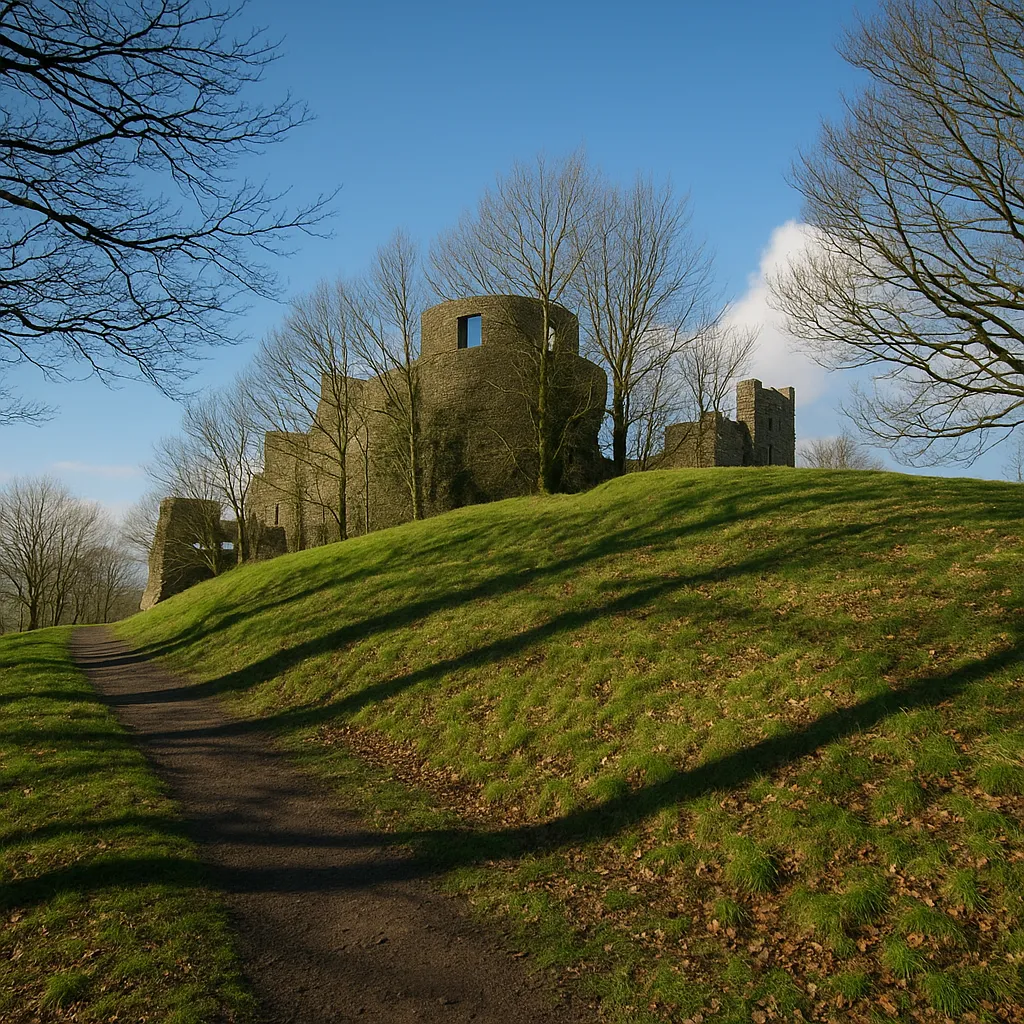A Fortress Woven into Welsh History and Mystery
Perched high above the Towy Valley, Dinefwr Castle stands as a silent witness to centuries of Welsh resistance, royal ambition, and folklore. Unlike Laugharne Castle, which is known for its literary past (as explored in my previous blog here), Dinefwr carries the weight of power struggles and the spirits of a lost kingdom. Let’s explore Dinefwr Castle ghost stories
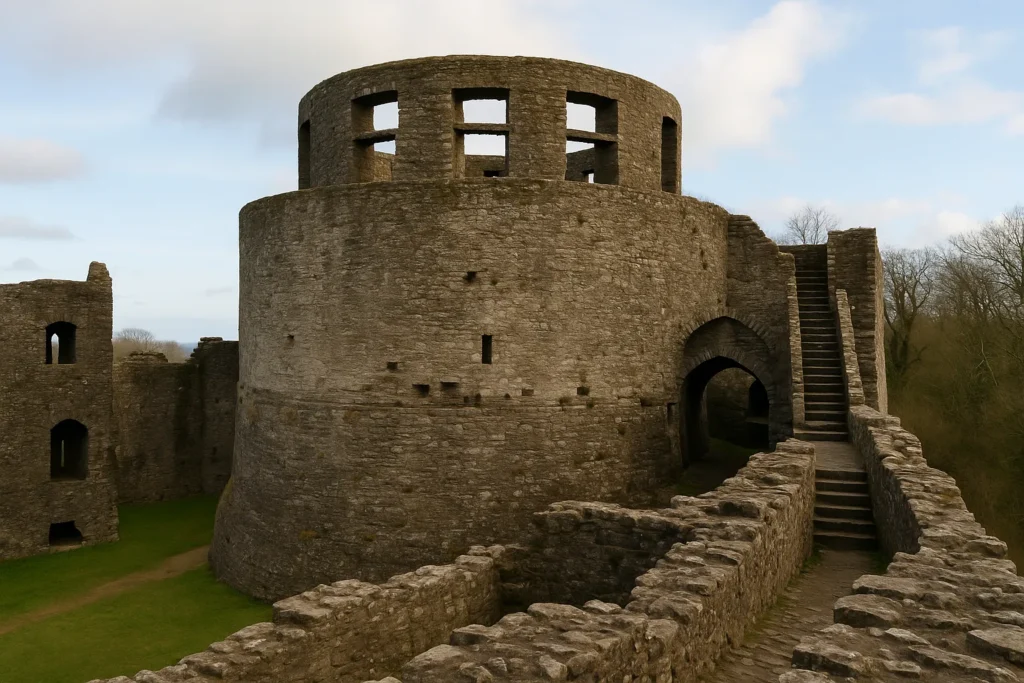
Walking through its ivy-clad ruins, I could feel the echoes of the past. Legends of haunted battlements, ghostly warriors, and tragic noblewomen have surrounded this castle for generations. But do these stories hold any truth? Or is it just the weight of history pressing against the imagination?
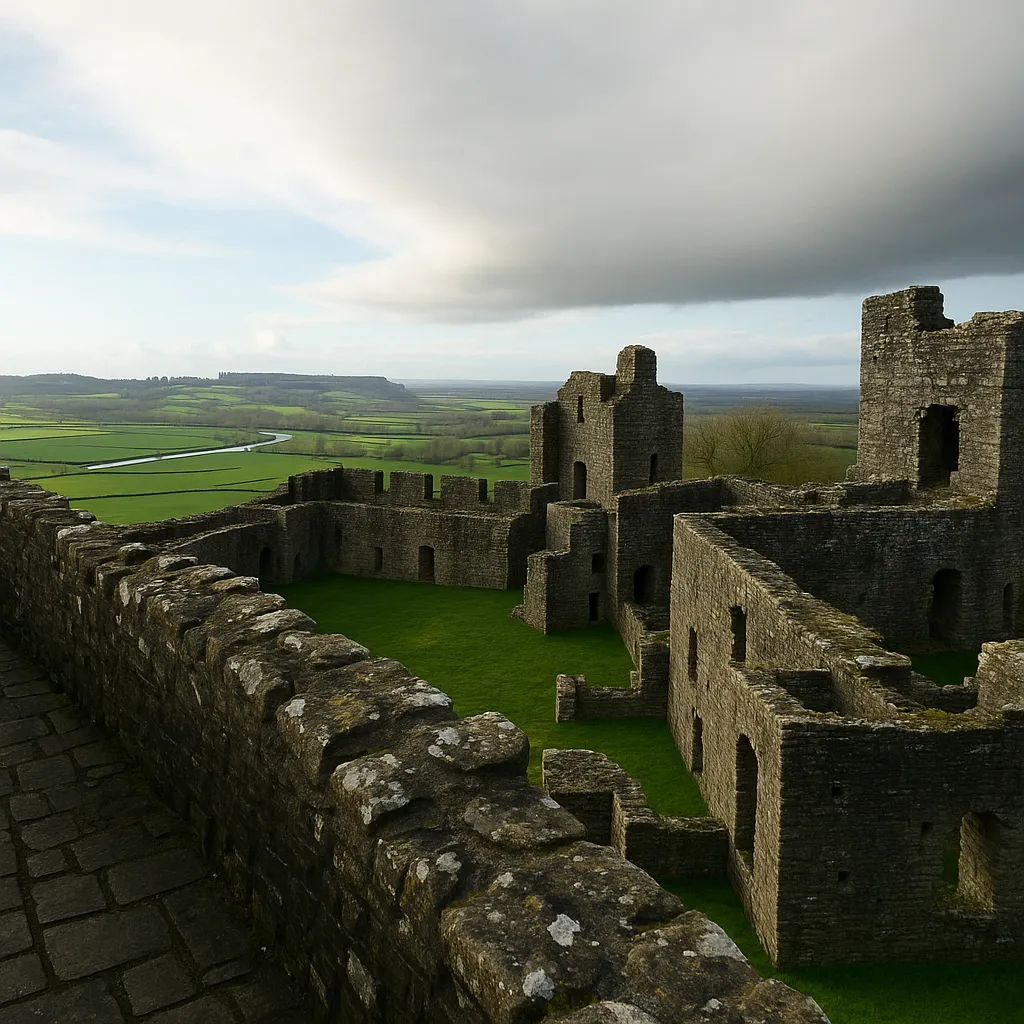
The Shadow of Lord Rhys
One of the most famous figures associated with Dinefwr Castle is known as Rhys ap Gruffydd The Lord Rhys. A great Welsh leader of the 12th century, he fought fiercely to secure Welsh independence from Norman rule. Some say that even in death, he never left his beloved stronghold.
Visitors have reported a tall, shadowy figure moving along the castle walls, as if still standing guard. Others have claimed to hear the faint sound of hoofbeats echoing in the distance, as if Lord Rhys himself is still patrolling his land.
Are these merely legends, or does the Lord Rhys truly haunt the ruins of his former stronghold?
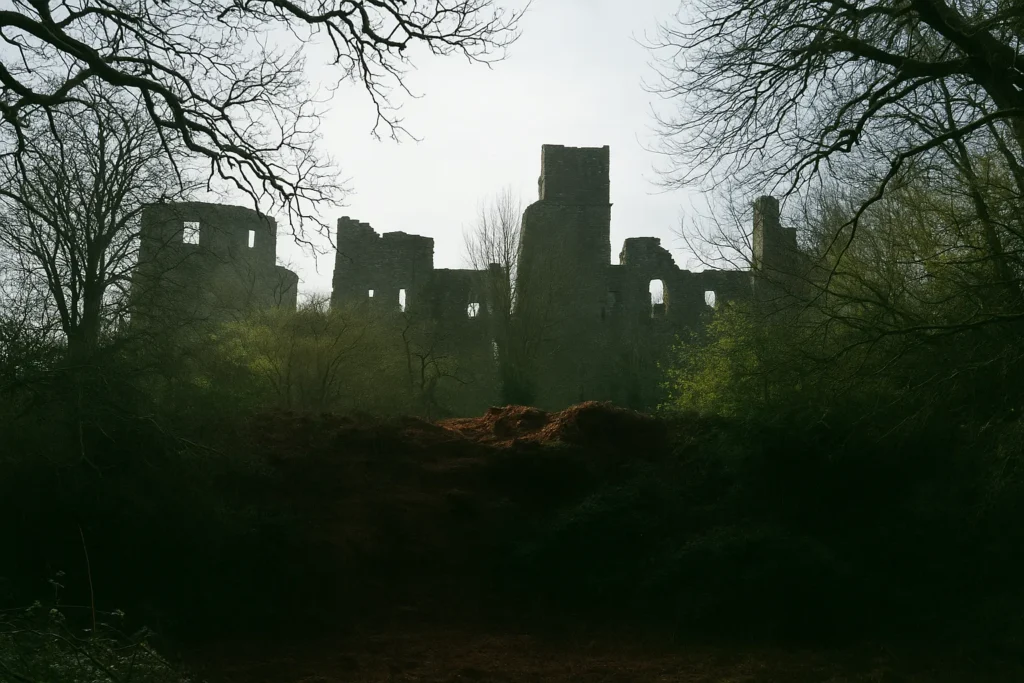
The Mysterious White Lady
Like many ancient castles, Dinefwr has its own ‘White Lady’—a spectral figure seen wandering the halls of the nearby Newton House, part of the Dinefwr estate. Some say she was a noblewoman who met a tragic fate, while others claim she is tied to the castle’s long and turbulent history.
Visitors to Newton House have reported sudden drops in temperature, an overwhelming sense of sadness, and even the sensation of invisible hands brushing against them. Could the White Lady of Dinefwr be a restless soul, forever tied to the castle’s past?
The Ghostly Soldiers of the Battlefield
Dinefwr Castle was not just a royal seat—it was also the site of many fierce battles. Some visitors claim to have seen ghostly figures in armor standing near the castle ruins, disappearing as quickly as they appeared. Others have spoken of hearing distant battle cries, the echoes of warriors long since fallen.
Is it just the wind through the trees, or does Dinefwr still carry the memories of its war-torn past?
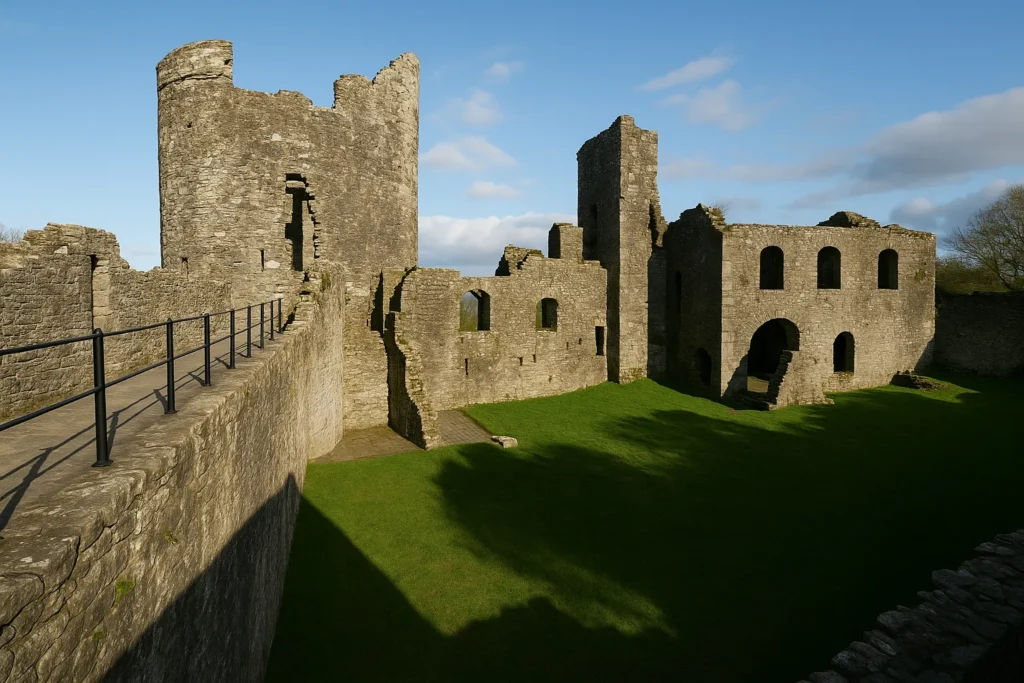
Historical Figure: Rhys ap Gruffydd (The Lord Rhys)
Few names in Welsh history are as revered as Rhys ap Gruffydd, the powerful 12th-century ruler of Deheubarth. Known as The Lord Rhys, he successfully resisted Norman control and united much of South Wales under his leadership.
His rule was one of political cunning and military strength, but also of cultural revival, as he promoted Welsh poetry, music, and tradition. Though he died in 1197, his legacy endures—some say even in spirit. In my next historical blog, I will explore the life and influence of The Lord Rhys, a prince who refused to be forgotten.
Where to Next?
Leaving Dinefwr Castle, I couldn’t help but feel that its past still lingers in the air. Unlike Laugharne’s literary ghosts, Dinefwr carries the weight of Welsh royalty and rebellion.
But the journey isn’t over. Next, I travel to Llansteffan Castle, a coastal fortress with its own tales of ghostly knights and lost souls. Will its spirits be as restless as those of Dinefwr? I’m about to find out.
Disclaimer
While Dinefwr Castle has a rich history of ghost stories, all paranormal claims should be viewed with a critical mind. Many sightings can be explained by psychology, environmental factors, and historical context. This blog explores these stories from both a historical and skeptical perspective.
Call to Action
Love reading about Welsh castles and their ghost stories? Share this blog on social media and let others join the discussion!
Want to explore more haunted locations and historical sites? Visit my website: brianwelsh500.com for more blogs, photos, and castle guides!

